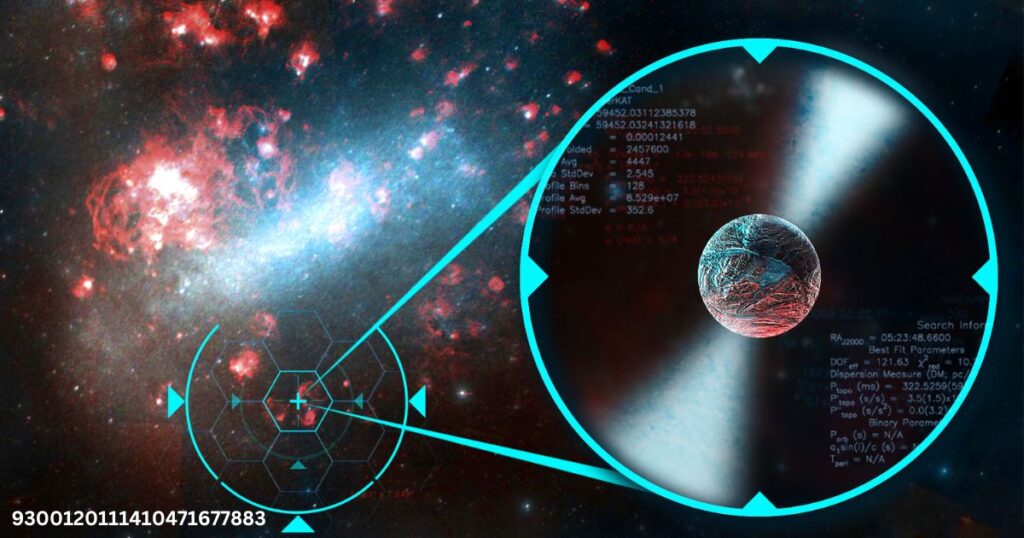In the digital age, certain numbers, codes, or sequences can capture the imagination of the public, sparking curiosity and leading to speculation about their significance. One such mysterious number that has been making rounds on the internet is 9300120111410471677883. While it may seem like just a random string of digits, its frequent appearance in various contexts has led to questions about its meaning, origin, and potential significance. This article explores the possible explanations behind 9300120111410471677883 and delves into the theories that have emerged around it.
The Anatomy of 9300120111410471677883
At first glance, 9300120111410471677883 appears to be a long and complex string of numbers with no immediately obvious pattern. It consists of 22 digits, which is unusual for standard numerical codes like Social Security numbers, phone numbers, or even bank account numbers. The sheer length and randomness of the sequence make it challenging to categorize, leading to speculation that it might be a code or identifier used in a specific context.
To break it down:
- 930012011: This segment could potentially represent a date, such as September 30, 2001, or a part of a larger code.
- 141047: This sequence might also be a date or a reference to a particular event, person, or location.
- 1677883: The final segment could be an identifier, like a reference number or a part of a more extensive code.
Despite efforts to find a meaningful pattern, the number’s significance remains unclear, leaving room for various interpretations.
Possible Theories and Explanations
Several theories have emerged about the possible meaning of 9300120111410471677883. Here are some of the most popular ones:
- A Randomly Generated Number: One of the most straightforward explanations is that 9300120111410471677883 is simply a randomly generated number with no inherent meaning. Many online services, such as account creation processes, security systems, and databases, generate random numbers as unique identifiers. This theory suggests that the number might be a product of such a process, used to track or identify a particular object, record, or transaction.
- A Database or System Identifier: Another possibility is that the number is an identifier used within a specific database or system. For example, it could be a transaction ID, an order number, or a unique identifier for a product or customer within a company’s internal system. Without access to the relevant database, the specific purpose of the number would remain a mystery to the public.
- A Cryptographic Key or Hash: In the field of cryptography, long sequences of numbers are often used as keys, hashes, or tokens for securing data. It’s conceivable that 9300120111410471677883 could be a part of a cryptographic process, serving as a key or a hash used to encode or decode information. This explanation aligns with the number’s complexity and the difficulty in discerning its meaning without additional context.
- A Geocaching Code: Geocaching is a popular outdoor recreational activity in which participants use GPS devices to hide and seek containers, called “geocaches.” These caches often contain logbooks with codes or numbers that players must record to prove they’ve found the cache. It’s possible that 9300120111410471677883 could be a geocaching code, though this would typically be accompanied by a specific context or set of instructions for its use.
- An ARG (Alternate Reality Game) Clue: ARGs are interactive networked narratives that use the real world as a platform, often involving hidden clues and puzzles. It’s not uncommon for ARGs to feature mysterious numbers or codes that players must decipher as part of the game. The sequence 9300120111410471677883 could potentially be part of such a puzzle, designed to engage participants in solving a larger mystery.
The Appeal of the Mysterious Number
The appeal of sequences like 9300120111410471677883 lies in the human tendency to seek patterns and meaning, even in the most obscure data. Whether it’s an interest in cryptography, curiosity about hidden codes, or a fascination with the unknown, people are naturally drawn to unraveling mysteries. This particular sequence of numbers has sparked interest because it appears to be meaningful, yet resists easy explanation.
The internet has provided a platform for individuals to share their theories and collaborate on solving such puzzles. Online forums, social media platforms, and specialized communities dedicated to codes and ciphers often engage in discussions about mysterious sequences like this one. Whether the number turns out to be a key to a hidden treasure, a random identifier, or simply an enigma with no deeper significance, the process of investigating it is an exercise in creativity and critical thinking.
Identifying Fake Tracking Numbers in the USPS Scam
The USPS Tracking Scam, involving the number 9300120111410471677883, often uses counterfeit tracking numbers that closely mimic real USPS IDs. These fraudulent numbers are designed to look authentic but can be identified by specific characteristics:
Tracking Number Format: Authentic USPS tracking numbers typically consist of 20 to 22 characters, combining letters and numbers. In contrast, the fake tracking number like 9300120111410471677883 does not conform to this format and can be easily spotted.
Verification through Official Sources: To confirm the legitimacy of a tracking number, always check it through the official USPS website (https://www.usps.com/). If the tracking number is invalid, the site will indicate that no information is available.
As scammers evolve their tactics, the format of fake tracking numbers might change, but their core approach remains the same—using counterfeit numbers to gain credibility. Staying alert and verifying tracking numbers through official channels can help protect you from falling victim to these scams.
Conclusion:
As of now, the true meaning or origin of 9300120111410471677883 remains elusive. While numerous theories have been proposed, none have definitively cracked the code, leaving it an open-ended mystery. Whether it’s a random number, a system identifier, or a clue in a game, its presence on the internet serves as a reminder of the allure of the unknown.
In a world where information is often just a click away, sequences like 9300120111410471677883 challenge us to think critically and explore the possibilities. The mystery may never be fully resolved, but the journey of discovery it inspires is, in itself, a rewarding experience.







